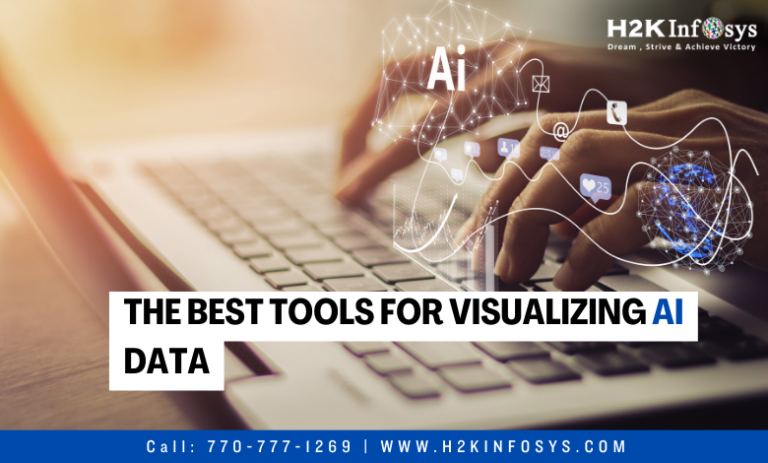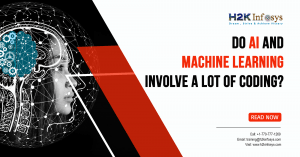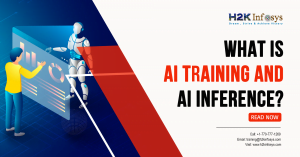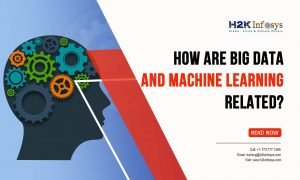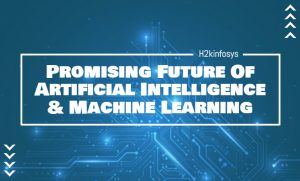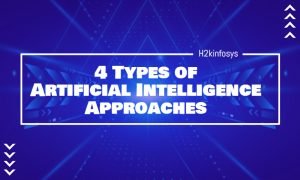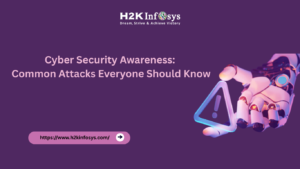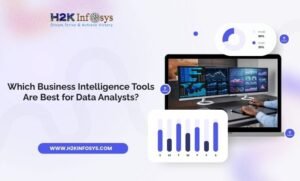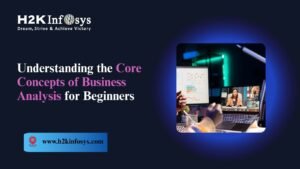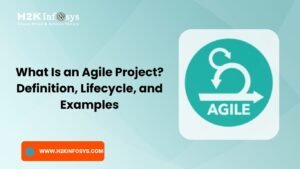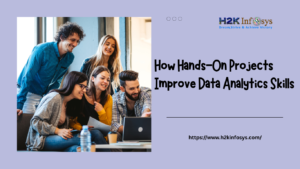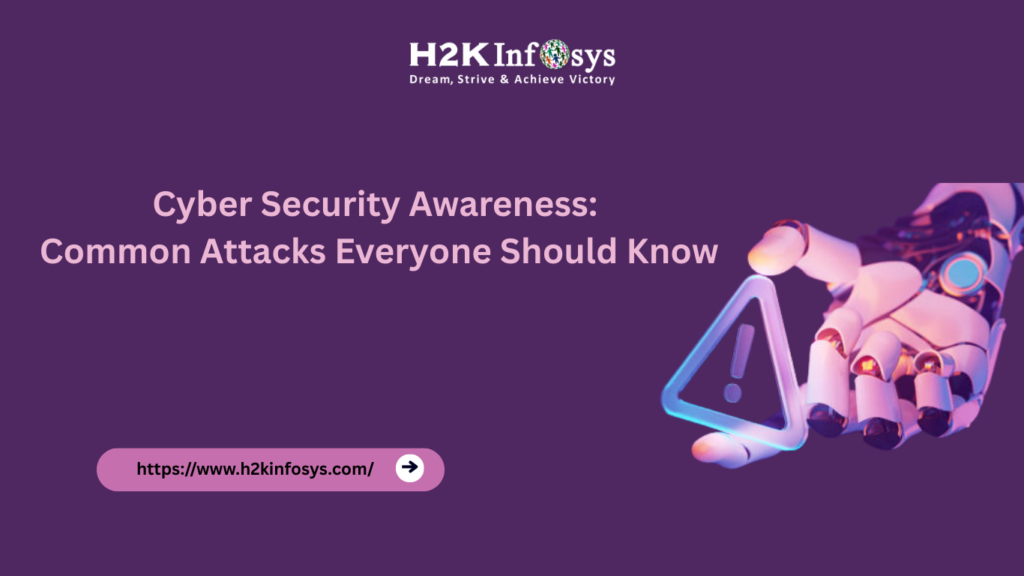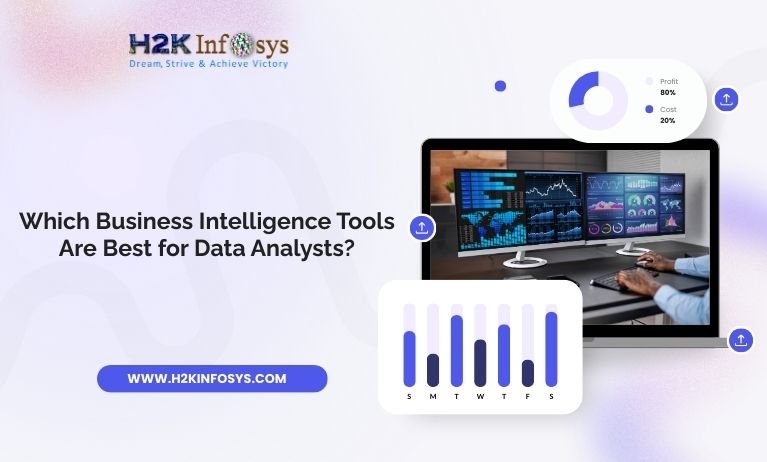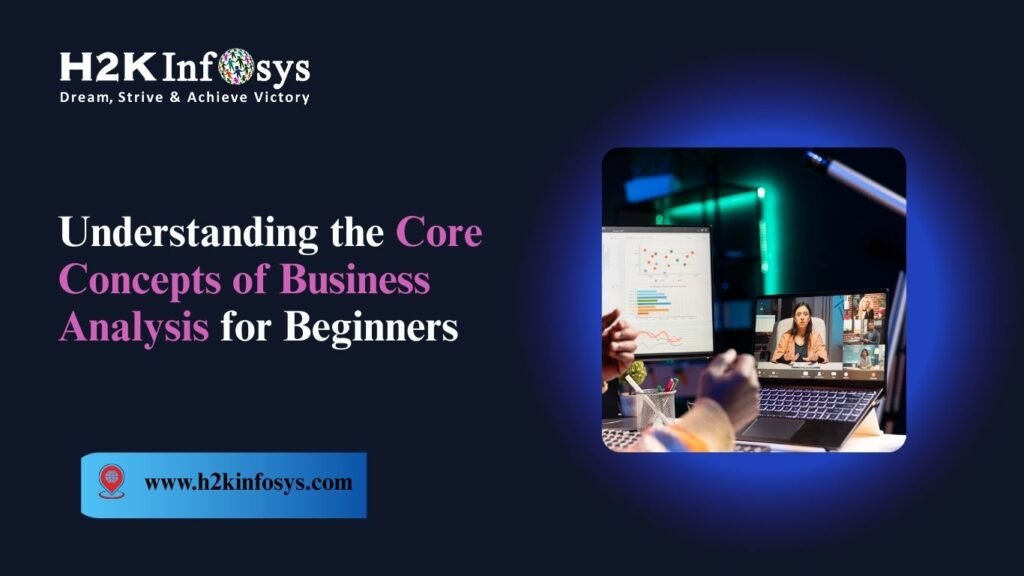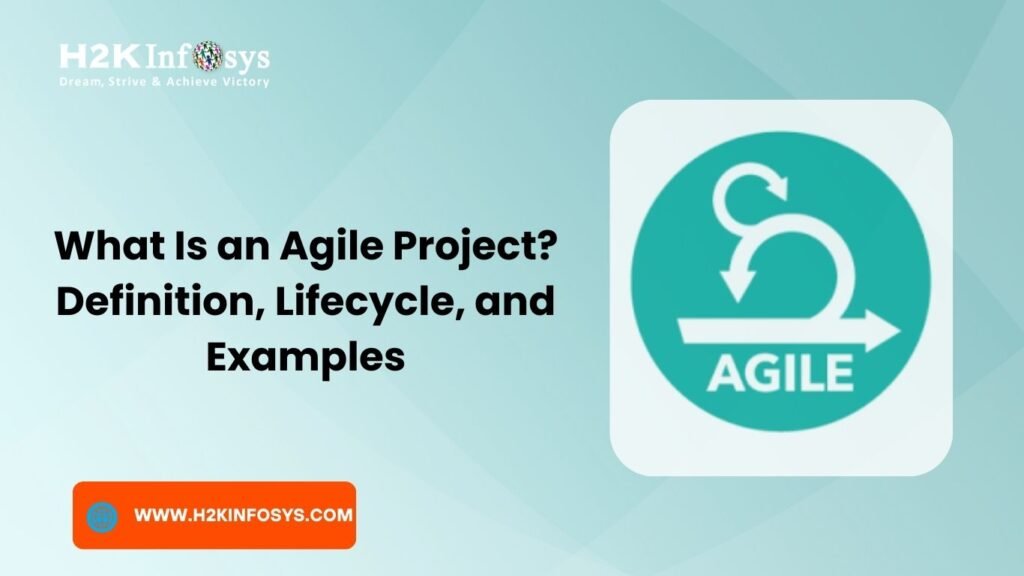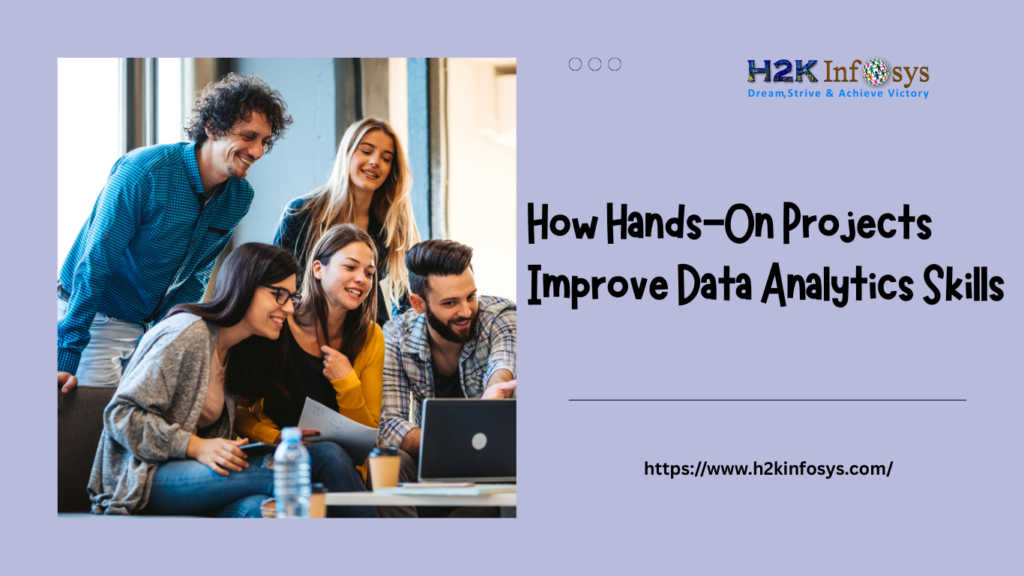Notebooks and dashboards are the best tools available for displaying AI data. The most engaging data visualisation, exploration, and interaction frequently occur when there is a single final comparison metric. For this reason, tools that are able to generate such visuals are perfect.
Every tool can produce a variety of output formats, including numerous charts in a single image, curved graphics, and straight lines. They’re all quite good.
Let’s now discuss the top tools for data visualisation in machine learning (ML). Check out our AI courses online to learn about these tools.
1.Pandas
One Python library for working with a variety of data sources is called pandas. Working with data from different data sources, data warehouses, and structured and unstructured datasets is all made possible by it.
You can work with your data using a variety of functions that pandas comes with, such as binary classification, random-forest, bias-variance models, and inverse problems.
Among the many features of pandas are the following: gradient descent, linear regression, logistic regression, random-forest, random-suffix, and labels. The general-purpose data science tool Pandas is part of the Pandas library.
Pandas is open-source, so if you find it a useful tool, then go for it!
2.Elasticsearch
Echo is a web service tool that facilitates the collection and analysis of unstructured data. It enables businesses to swiftly analyse data by gathering information about clients, staff members, and other online users.
- Echo uses Amazon S3 to store data, but you may still access data stored on other storage devices, such as your laptop.
- DataPipeline and DiscoveryPipeline are the two data pipelines that Echo provides.
- A data pipeline system called DataPipeline is used to analyse and visualise unstructured data.
- With DataPipeline, you can map and load data into Elasticsearch and then filter it to produce insights.
- You can export your data in a variety of formats for further analysis at a later time when you’re ready to make more sense of it.
3.StatsD
In addition to being a tool for managing servers, StatsD can also be used to power a variety of visualisation applications.
While running in the background, StatsD sends events to the front end and listens for HTTP requests.
- Upon occurrence, the events are transmitted via the network to multiple Graphite servers for logging.
- Events are gathered from StatsD by Graphite and presented in a variety of ways.
- You can make StatsD provide fewer events if you discover that it’s getting a little too busy to satisfy your requests.
4.FlowingData
An open-source data visualisation application called FlowingData makes it simpler to comprehend massive data sets, such as tweets, postings, and other online material.
- In many ways, FlowingData helps in your understanding of the complex data.
- Numerous visualisation techniques are included, including scatter diagrams, pie charts, line graphs, heatmaps, and more.
- You may search the data, uncover insights, and see what other users have discovered using FlowingData.
Why Would a Company Want to Visualize AI Data?
Companies using artificial intelligence and machine learning must prioritise the visualisation of AI data for a number of reasons.
1.Understanding Complex Data
Large amounts of sometimes complex and multidimensional data are frequently handled by AI algorithms. Stakeholders can better grasp how the AI model reads and processes data by using visualisation to assist them recognize patterns, trends, and anomalies in the data.
2.Debugging and optimising models
Developers can find bottlenecks, mistakes, or inefficient areas by visualising how their AI models work, including how input flows through the model and how choices are made. This knowledge is crucial for troubleshooting and improving model performance.
3.Enhancing Decision Making
Decision-makers may find it simpler to comprehend AI outputs and the factors that influence them when they use visualisations. Making better judgments on the implementation, modification, or expansion of AI systems may result from this clarity.
4.Communicating Results
Investments, executives, and customers are examples of non-technical stakeholders who may find it easier to understand visual representations of AI data and model performance. Better communication regarding the advantages, constraints, and advancement of AI programs can be facilitated by this.
5.Transparency and Trust
There’s an increasing need for explainability and transparency as AI systems become more and more integrated into operations. By revealing the thinking behind the model, visualising how AI models make decisions can contribute to the development of trust between users and stakeholders.
6.Training and Education
Visualisations are a tool for education for those who are new to AI. They help users grasp the significance of algorithmic fairness, model selection, and data quality, as well as complicated AI ideas.
7.Monitoring and Maintenance
After AI models are put into use, ongoing observation is necessary to make sure they function as planned. Visualisation tools can indicate when retraining is required, track model performance over time, and show when models may be deviating from their trained parameters.
Conclusion Are you keen to pursue a career in the exciting industry of artificial intelligence and data science? Our AI training courses are designed to provide you the knowledge and skills you need to succeed in these rapidly expanding fields.
